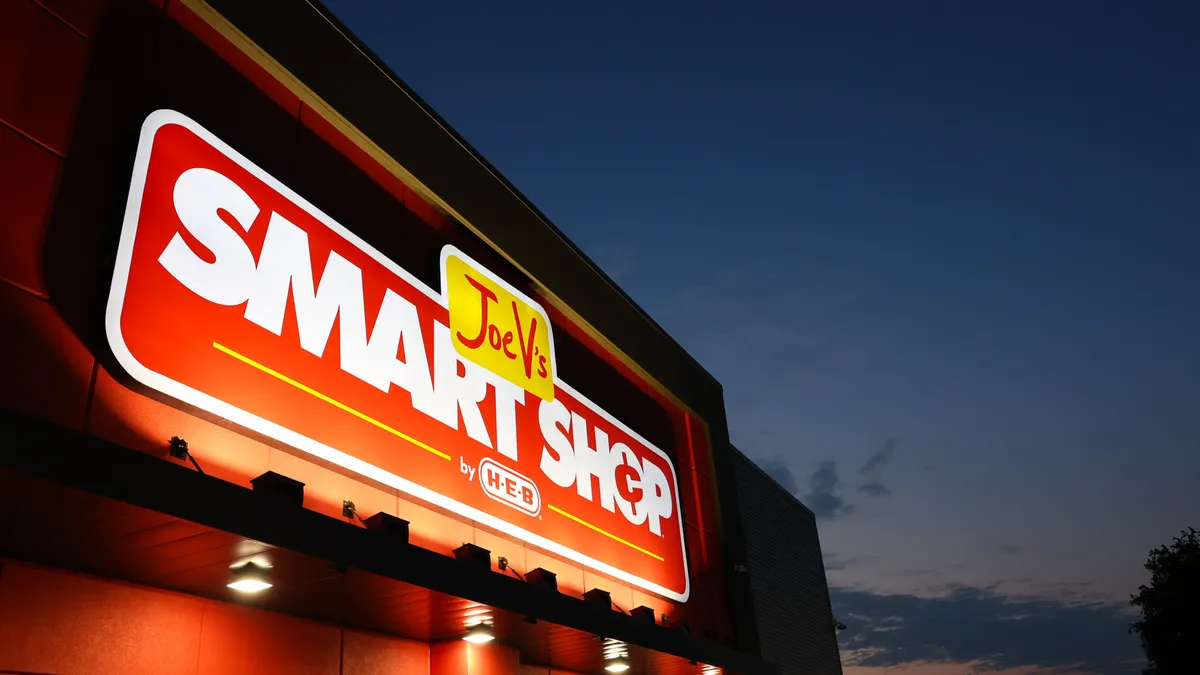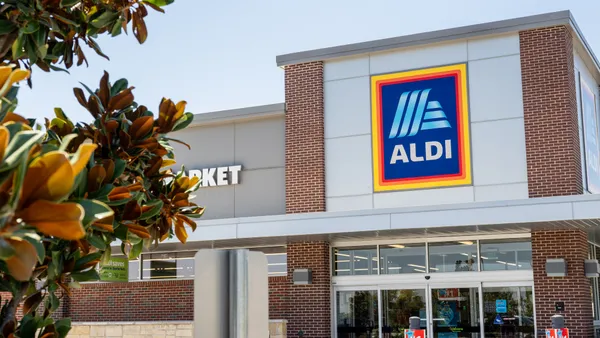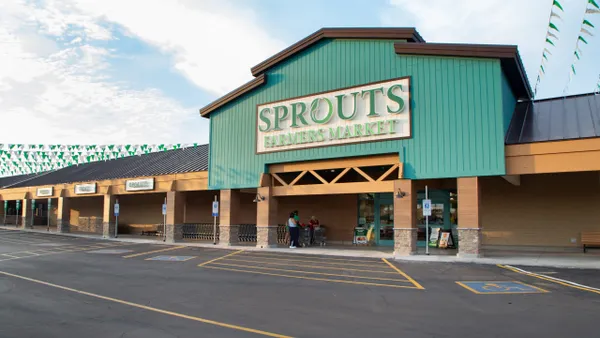Pardon the Disruption is a column that looks at the forces shaping food retail.
For years, grocers have been opening specialty store concepts that emphasize all things fresh, local and all-natural.
Publix Greenwise, Giant Heirloom Market, Schnucks EatWell, Kroger Main & Vine and Ahold Delhaize’s Bfresh are just a few examples of the retail brands that companies have spent a lot of time and money on as they chase after affluent, health-minded shoppers and try to emulate the success of grocers like Whole Foods Market and Sprouts Farmers Market.
But the results have been underwhelming. Out of the five specialty concepts from mainstream grocers that I listed above, only one — Giant Heirloom Market — is still in business.
Operating standalone specialty markets has always been challenging given how pricey they can be to operate and the fact that many mainstream grocers have added lots of fresh, organic and local products to their stores in recent years. Given the heightened consumer demand for lower-priced products we’re seeing even among high-income shoppers, grocers should instead be developing retail brands that emphasize lower prices, better deals and fewer frills.
Instead of premium goods, retailers should be thinking about aisles of private label products.
Instead of pricey in-store restaurants and foodservice stations, think about pre-packaged proteins, sides and prepared foods.
Grocers might worry they’re pursuing a temporary opportunity. Inflation is coming down and shoppers won’t remain as price-sensitive as they have been over the past two years forever. But many consumers have adopted value-shopping habits that aren’t going away, experts say.
“So many people have adopted frugal habits, and I think a lot of them are going to think, ‘Why would I go back to what I was doing before?’” said Stewart Samuel, director of retail futures with IGD. “That discount shopping behavior is just going to become more ingrained.”
What’s more, discount retailers like Walmart and Aldi are changing consumers’ expectations around value by showing that they don’t have to sacrifice quality and a good shopping experience in order to get low prices.
As discount retailers continue to grow and take square aim at traditional supermarkets along the way, alternative store formats — and not just value-focused ones — can be part of a strong defensive strategy for grocers.
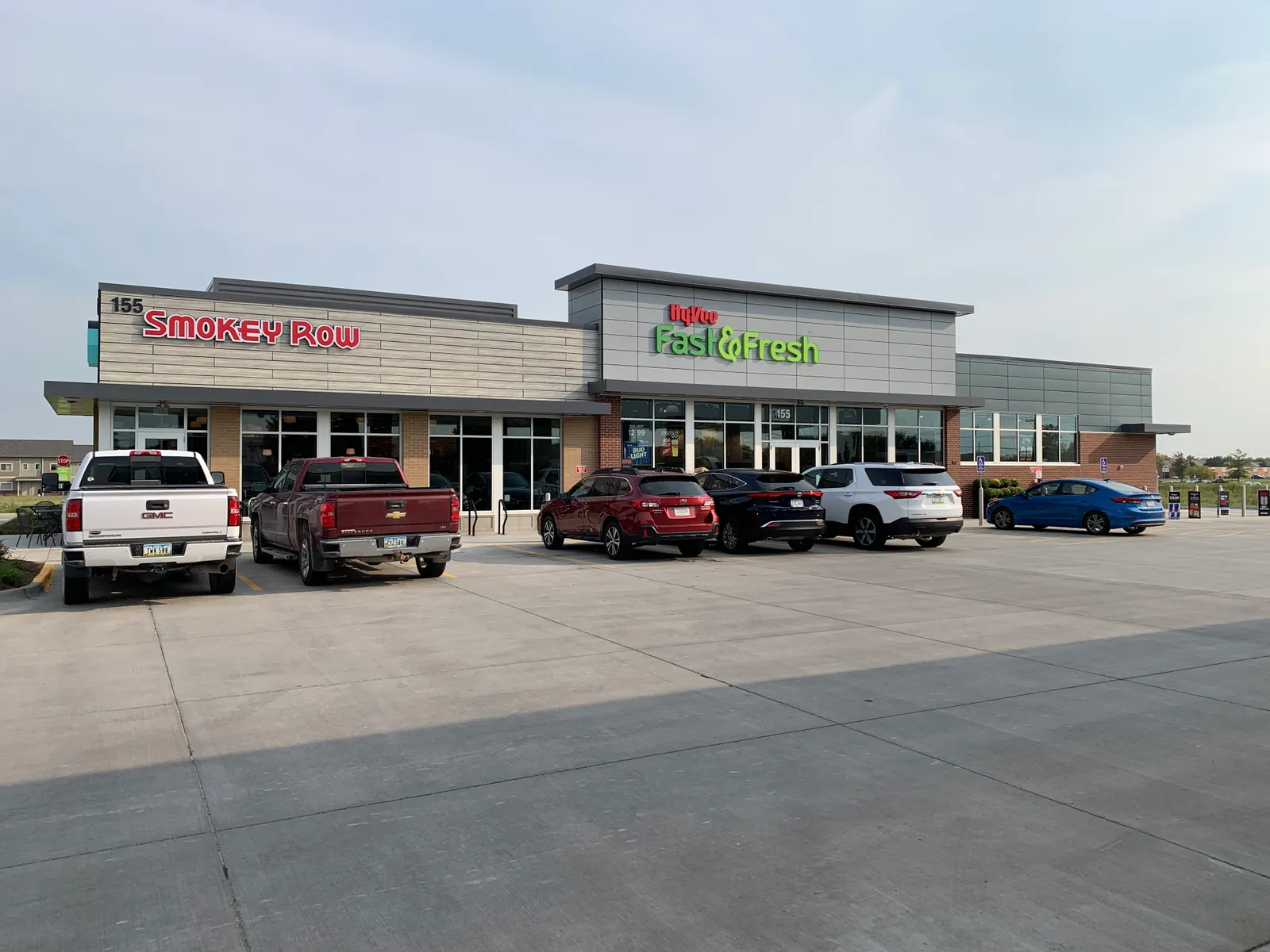
Taking inspiration from north of the border
To get an idea of what an effective value format strategy looks like, U.S. grocers should look to their northern neighbor.
Canada’s three main grocery companies all operate at least one discount store. Loblaw operates No Frills and Maxi, which together have more than 400 locations. Empire operates FreshCo, which has more than 120 locations, and Metro operates the brands Super C and Food Basics, which combined have around 250 stores.
These value banners have helped these companies weather the extended period of high inflation and price sensitivity that has rippled across the global food retail market. And some of them are getting additional investment in the coming years. Loblaw opened 31 discount stores last year and plans to open 40 more this year.
In some cases, these Canadian grocers have converted their traditional stores over to discount formats in order to stay competitive in certain markets. In other cases, they’re using the stores to penetrate hard-to-reach areas. Hard discounter No Frills, which has been operating for more than 40 years, recently unveiled its first small-format locations in downtown Toronto.
“The new, smaller format gives us flexibility when determining new locations, whether in urban or rural settings,” Melanie Singh, president of Loblaw Companies’ hard discount division, said in a statement.
How many U.S. grocers offer discount banners? I can count them with one hand. H-E-B operates Joe V’s, a brand that started in 2010 and is quickly gaining steam. Hy-Vee operates Dollar Fresh, a banner that’s addressing the threat the Iowa-based grocer faces from dollar stores, in particular. And Kroger operates Ruler Foods, the discount warehouse chain with close to 50 locations across six states.
Of this limited crop, Joe V’s is worth highlighting for its recent growth. True to its discount name, the banner, which operates 10 stores in Houston and just opened its first location in the Dallas area in June, doesn’t offer the same service departments and in-store restaurants as its traditional H-E-B locations. But it still offers many of H-E-B’s staple items, from private brands to its Meal Simple prepared meals.
The vast majority of grocery chains have tried to connect with price-sensitive shoppers by pushing more sales and loyalty perks through their traditional stores. But that value positioning can struggle to break through amid competing messages about freshness, convenience, quality and all-natural ingredients. It’s hard for one store to stand for so many things.
There’s a good reason more grocers don’t operate discount banners: It’s hard. Being able to turn a profit and offer prices that can compete with major discount retailers requires efficiency at scale — something that takes many years and a lot of money to build.
“It typically only works if you set up a separate division with a separate supply chain,” said Samuel.
That doesn’t mean grocery chains should write off the opportunity. Many companies have built up low-cost private label assortments large enough to fill a small store. If they can’t build a hard discount model, maybe they could support a convenience store that targets on-the-go shoppers with meals and a limited supply of groceries, similar to Hy-Vee’s popular Fast & Fresh stores. Or create a neighborhood market centered on a smart, curated assortment
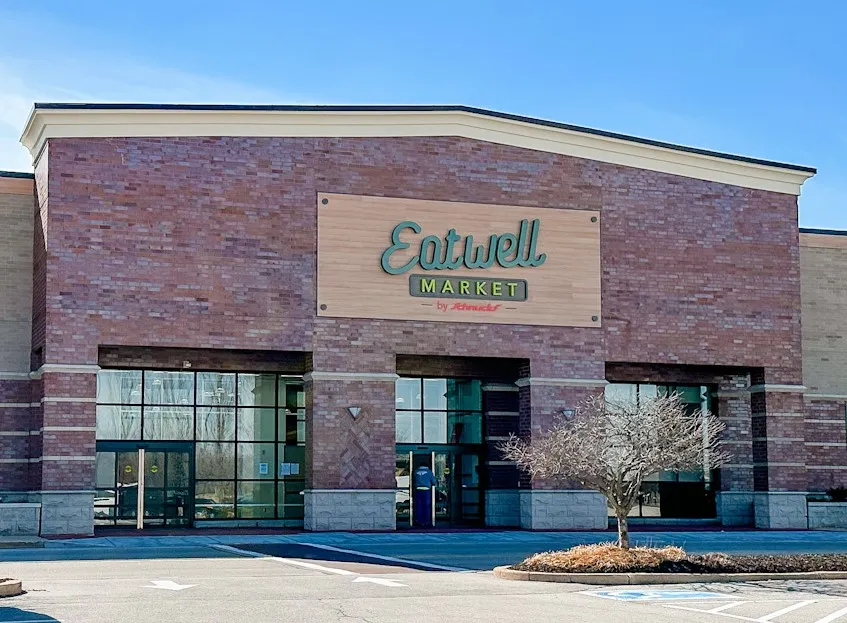
Challenges with alternative formats
A lack of value options underscores the broader problems grocers face with alternative formats.
Companies like Kroger, Wegmans, Publix and Schnucks have gotten so good at running supermarkets that they struggle to operate a different type of location. Running a large store requires a very different way of thinking than running a small store. It’s like asking an Olympic marathon runner to become a sprinter.
Bobby Gibbs, partner with management consulting firm Oliver Wyman, said many retailers are attracted to smaller stores because they can be very productive and less expensive to operate than their traditional stores. But companies often struggle to clearly define the shopper “missions” these stores will fulfill.
“I think the most common pitfall is that retailers aren’t always clear on which missions they’re trying to bring people in for, and therefore they’re not able to establish the reason customers should come,” Gibbs told me.
Gibbs has also watched as supermarkets, which specialize in offering abundant selection across numerous categories, struggle to winnow down their assortment. Oftentimes, they’ll slash the number of products they offer but fail to represent key categories.
“Grocers often reduce product count but limit choice across SKUs,” said Gibbs.
The convenience store industry has experienced similar growing pains. Several chains that specialize in rural and urban stores have tried and failed to expand into urban locations — a problem that industry expert and C-Store Dive columnist Frank Beard says may be due in part to their undifferentiated assortments.
“I’ve visited several now-shuttered urban concepts from established convenience retailers, and I was always struck by how their product mix was nearly identical to what I’d find at their gas stations. One even had a shelf full of motor oil and gas cans,” he wrote in a recent column.
To address these issues, Gibbs recommends retailers set up separate divisions for new formats and hire leaders that have experience running these types of stores. The divisions can use the same category managers as the traditional stores, he said, but they need to have format-specific category management strategies.
It’s also important for grocers to figure out what they want to stand for with these new formats, and then make that clear to shoppers. A store called No Frills, for example, doesn’t leave any doubt about the service it’s offering shoppers.
Leading retailers are seeing the need to become multiformat retailers. Whole Foods failed with its 365 stores but is trying again with a new scaled-down urban store called Daily Shop that’ll soon open in New York City. Hy-Vee operates several formats, from an online pet supplies shop to wine and spirits stores. H-E-B, which runs specialty markets, convenience stores and a Hispanic grocery store now refers to itself as a “multiformat retailer.”
The work of establishing alternative formats — and the failures that can happen along the way — is tough but necessary for grocers. As the industry has expanded and fragmented, with numerous store types packed into just about every prime market area, companies need to have more than one weapon at their disposal.


